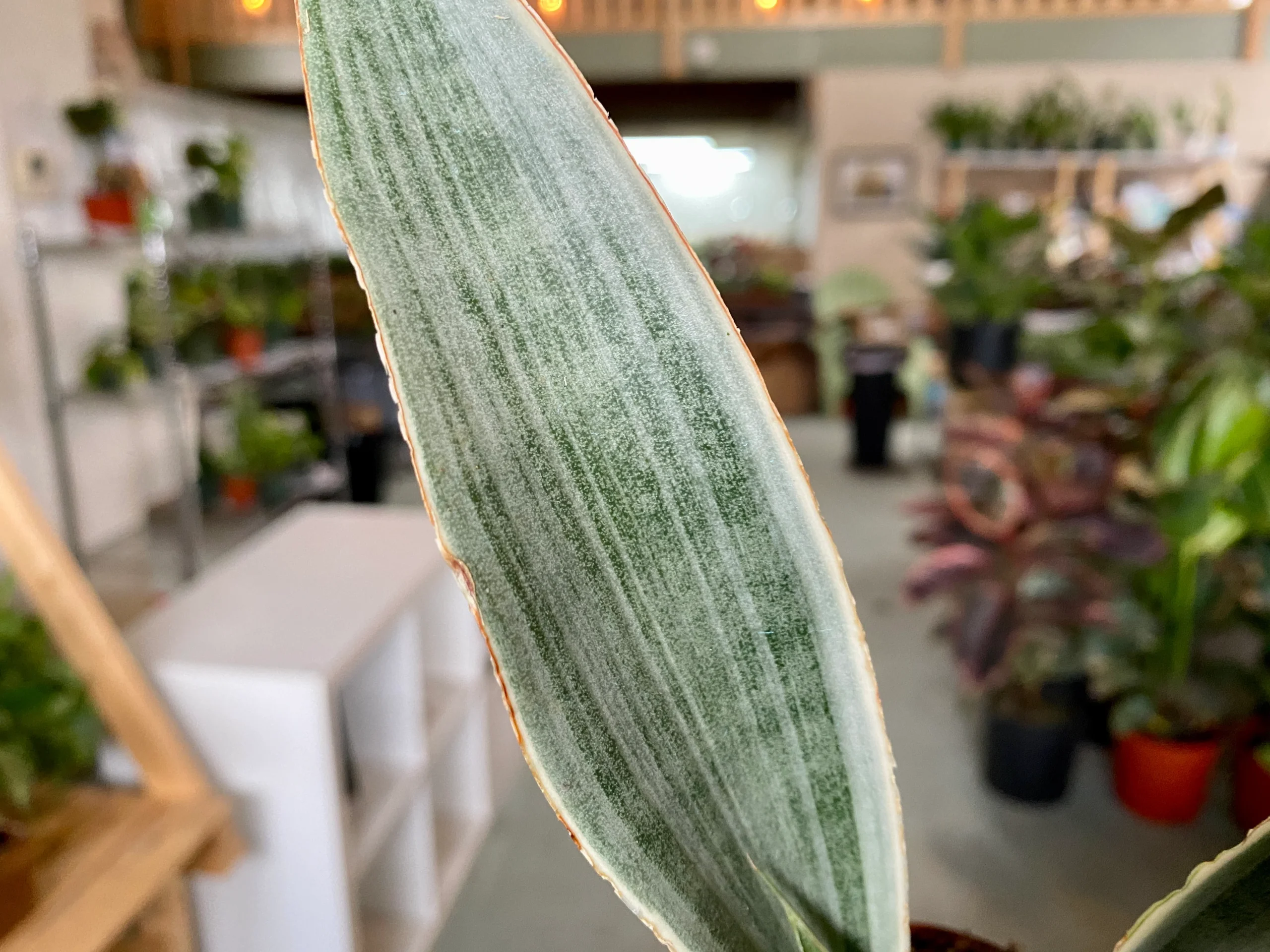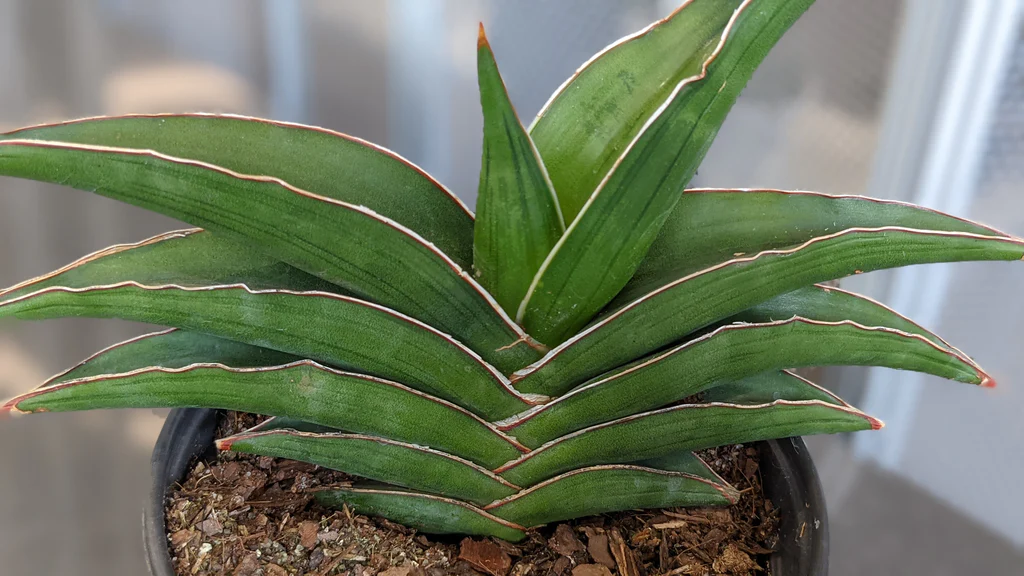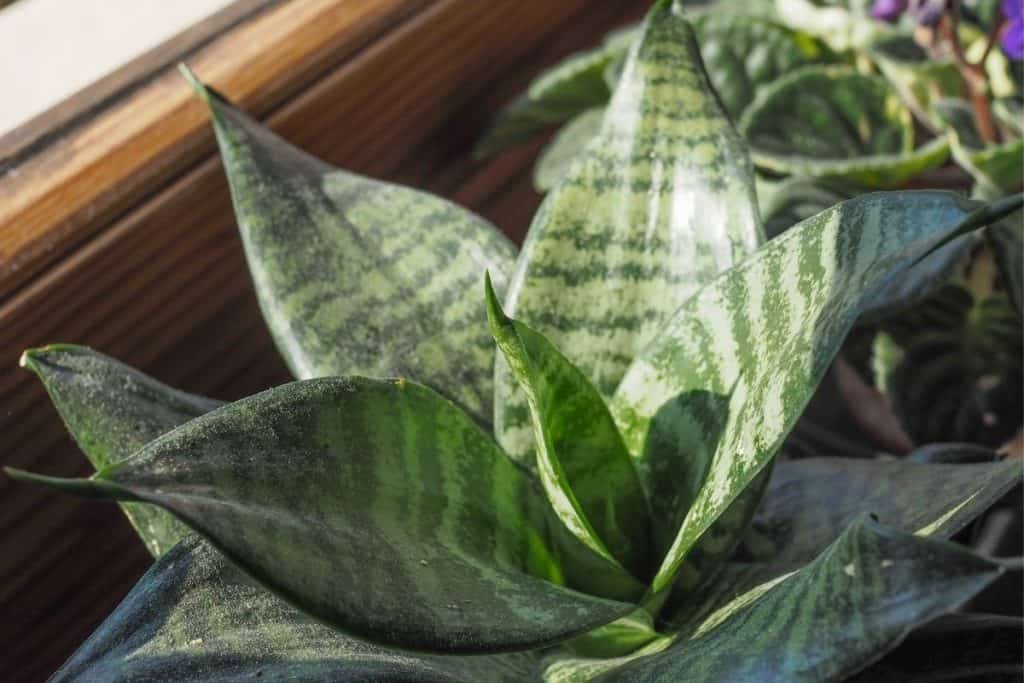Sansevieria sayuri (also known as sansevieria lion’s paw or sansevieria warneckii) is one of the many Sansevieria species native to Central Africa, and one of the most popular houseplants today.
It’s also sometimes called sansevieria mother-in-law’s tongue because of its long, narrow leaves that are long and thin like an old woman’s tongue. Sansevieria sayuri can be grown as an indoor or outdoor plant, and even if you have just a little bit of space, it can grow quite big and still look stunning in your home or office.
Sansevieria sayuri is one of the most popular species of sansevierias due to its attractive dark green and white leaves with yellow or white edges. This hardy plant will require minimal care while also providing many benefits to your home or office decor.
In addition to sansevieria sayuri’s decorative looks, it can also provide practical solutions such as absorbing formaldehyde from the air and preventing the growth of mold, bacteria, and fungi around your house or workplace.
Sayuri is an attractive flowering plant in the family Asparagaceae, with about twenty species native to tropical regions of Africa and Asia.
It has a wide variety of common names including bowstring hemp, snake palm, devil’s tongue, mother-in-law’s tongue, and viper’s bowstring hemp, as well as many others depending on the species or cultivar concerned.
Origin and distribution
Sansevieria sayuri is native to tropical Africa. It was first discovered in Gabon, Africa in 1867 by Carl Warnecke, a German military physician, and explorer. The plant is also found in eastern Nigeria and Cameroon.
Sansevieria warneckii can also be found in other parts of equatorial Africa, India, Madagascar, and Central America.
The plant is cultivated throughout many of these regions as an ornamental plant for home gardens or indoors as a houseplant. In temperate climates, it grows outdoors during summer and fall. In warmer climates, it grows year-round.
Although commonly called lion’s paw or mother-in-law’s tongue because of its shape, most people grow it as an indoor plant because it can get quite large – up to 4 feet tall! If you want to keep your sansevieria small, it will grow well if you keep it in a pot that has drainage holes at the bottom.
If you don’t have holes in your pot, add some stones to help with drainage. Your plant will appreciate regular watering as long as you allow excess water to drain out of your pot. Keep soil moist but not soggy wet. Overwatering is one of the most common mistakes made when growing sansevieria plants indoors!
Sansevieria sayuri propagation
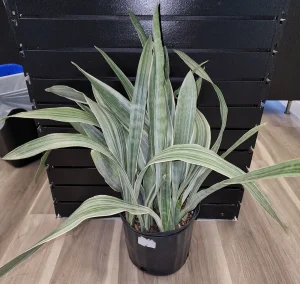
Sansevieria sayuri is easy to propagate via leaf cuttings, but it can also be grown from seeds or air-layered stems. It’s possible to grow Sansevierias in just about any light condition as long as you provide them with enough water.
Propagation is one of their easiest tasks, plants should be kept in medium-light or bright indirect sunlight and watered regularly.
Sansevieria sayuri is also propagated by division; it is best done during spring or summer when there is more energy available for new growth.
Plantlets may appear on some leaves, which should be removed after a week or two. Rooted divisions will take a few months before producing new leaves and getting back into shape.
Sansevieria warneckii grows like Sansevieria glauca with only minor differences: unlike Sansevieria glauca, which rarely produces plantlets on its leaves, Sansevieria warneckii produces them frequently, usually along both sides of a mature leaf.
To keep your Sansevieria sayuri healthy, you should let it rest between propagation cycles – if left too long without propagation, older leaves will start dying off at their tips and then turn yellowish or brownish.
Sansevieria sayuri care information
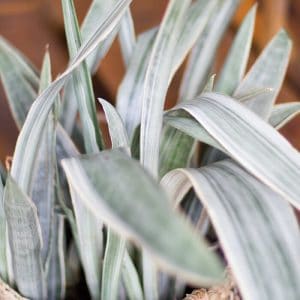
Sansevieria are best grown in rich soil and can be watered on a regular basis. During periods of active growth, you should water your Sansevieria every day or every other day, depending on how fast it is growing.
A good time to water your plant is first thing in the morning because that will give it all day to dry out before nightfall when temperatures drop.
You should also avoid letting your plant sit in water for long periods of time as standing water at the base of its leaves can cause root rot which is fatal to Sansevieria. If possible, keep your pot elevated so excess moisture drains away from its roots.
Light requirement
Although they do best with a bit of sun in their life, Sansevierias can handle very little light. If you’re growing your plant indoors, bright indirect sunlight will work well. Direct sunlight may burn your plant.
Sunlight that is too strong for one variety may be perfect for another. If you are unsure what type of sun your plant needs, look at its leaves – if they are long and thick like swords then it needs lots of light.
If they are short and thin like needles then it doesn’t need much light. Another way to tell is by looking at where your plant grows naturally; plants native to tropical rainforests usually don’t require much direct sunlight.
Plants native to deserts usually require lots of direct sunlight. In other words, plants from hot climates tend to prefer more sun than those from cold climates.
Soil/potting mix
Since your plant will be in the soil, it’s important to choose a potting mix that doesn’t hold too much water. A good option is a cactus and succulent soil, which has excellent drainage and can support low-light plants like Sansevieria.
If you live in an arid climate, a simple mix of half sand and half perlite or peat moss can work well.
The soil should also have some organic material mixed in—otherwise, it might dry out quickly. Finally, make sure there are no large clumps of fertilizer; you don’t want to overfeed your new friend! You can always add more later if needed.
Watering
Water only when soil becomes dry to touch. Sansevieria likes it hot and tends to grow best when watering is kept to a minimum. Allow soil to go a week or two between waterings; let the top layer of the potting mix dry out between waterings.
Never allow the soil to get bone-dry, but don’t be afraid of letting it rest either. It’s best not to let your plant dry out completely, especially when you first bring it home from a store or nursery. Keep in mind that these plants are native to subtropical regions where rainfall is plentiful year-round.
Fertilizer
One of Sansevieria’s biggest enemies is over-fertilization. If you notice that your Sansevieria leaves are beginning to yellow, it’s a good sign that you need to reduce your fertilizer dosage. Keeping track of how much and how often you feed your plants can help you avoid nutrient burn and be on track for optimal growth.
It’s also important to note that different fertilizers have different instructions regarding their use—for example, some require dilution before application while others do not. Be sure to read all instructions carefully before applying any new fertilizer product.
Temperature
Sansevieria sayuri prefers daytime temperatures between 65 and 80 degrees Fahrenheit; nighttime temps can drop as low as 55 F, if you like. Keep your plant away from sources of extreme heat, such as window blinds or radiators.
You will need to be diligent about watering because sansevierias store water in their leaves instead of their roots. You’ll want to let it dry out a bit before watering again—and don’t worry, it won’t die if you forget to water for a few days!
Humidity
Given that Sansevieria sayuri is a tropical plant, it needs plenty of humidity to survive. However, you can’t simply increase indoor humidity levels for your Sansevieria – as that would be detrimental to its health.
Instead, check on your Sansevierias several times each day, especially if they’re potted indoors. Mist them with warm water when they need it and move them outside in summer and winter when temperatures permit.
The ideal humidity range for Sansevieria sayuri is between 40 and 60 percent. If your home or office doesn’t fall within that range, consider using a humidifier or dehumidifier to regulate it.
Pruning
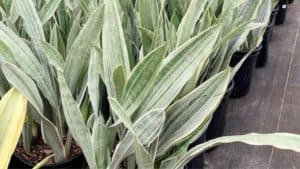
Pinch back your Sansevieria sayuri on a monthly basis to encourage branching and fullness. They can be cut at any length, but usually shouldn’t be shorter than 4 inches.
After about a year, you may need to lightly prune your plant for the first time to remove dead stems and make room for new growth. Be sure not to damage any of its roots when removing these cuttings.
The goal is to give it a natural appearance with multiple branches that grow in different directions.
To do so, snip off branches along their entire length until you have reached where another branch begins; continue snipping from there to create two or more new branches from one stem. After doing so, sansevierias will produce more side shoots.
When to repot
Repot Sansevieria sayuri when it is two years old and has reached between 12 and 20 inches in height. While Sansevierias can grow to be very tall, they also have an extensive root system that makes them hardy plants for growing indoors in containers. When you repot your Sansevieria, first trim back its leaves to half their original size with a pair of scissors.
Next, place a few inches of potting soil into a clean container. Place your Sansevieria into its new home and fill in around it with more potting soil until you reach about 1 inch from the top of the container. Water thoroughly and allow to drain before placing it on a bright windowsill or under artificial light for at least 6 hours per day.
Dormancy
Sansevieria sayuri is grown as perennials in USDA zones 10 and higher, so it has no dormancy requirements. However, those growing in colder areas may be best to treat their plants as annuals. Doing so will trigger a period of dormancy during which you should avoid watering or feeding your plants.
If you decide to let your plant go dormant on its own, it’s important that it receives at least 4 weeks of cold temperatures, preferably around 50 degrees Fahrenheit—before being allowed to return to its normal care regimen.
Flowers & Fragrance
The flowers of Sansevieria sayuri produce a fragrance that is considered one of its best attributes. This plant is rarely scented when shipped due to improper growing conditions but will regain its distinctive aroma in good soil and with sufficient sunlight.
When adding more Sansevieria sayuri plants to your collection, purchase plants that have been properly cared for so they arrive in top condition and with their fragrant blossoms intact. It’s important to note that not all Sansevierias are highly fragrant.
Growth rate
Sansevieria sayuri has a slow growth rate in response to proper care. It also tends to grow quite long and with time, can end up covering most of your desk or table.
Toxicity
The toxicity of Sansevieria plants varies between species. Some are safe to keep in your home and some will make you sick. Sansevieria sayuri can cause an upset stomach, diarrhea, dizziness, hallucinations, nausea, and vomiting when ingested by humans.
In addition to these symptoms when ingested by humans, it can also cause dermatitis on the skin. It is recommended that you wash your hands after handling any part of a Sansevieria plant as it may be toxic if touched directly.
USDA Hardiness Zones
Sansevieria sayuri thrives in USDA hardiness zones 10 and 11. In colder areas, it will grow as an annual. It can be grown indoors or outdoors. Place it near a sunny window or outside where it will receive at least six hours of sunlight per day.
If you live in a warmer climate, you can plant your sansevieria outdoors during spring and summer, but bring it inside before temperatures drop below 50 degrees Fahrenheit.
Pests and diseases
Sansevieria sayuri does not have many pests and diseases. Spider mites are a common issue, as with all houseplants. If these infest your plant, there are pesticides that you can purchase at any local garden center.
Another easy way to keep them away is by washing your plant once a week in mild soap and water solution. Remember to rinse it well and allow it to dry before placing it back in its original location.
Mealybugs are another pest that will attack your Sansevierias. Mealybugs will appear as white cottony masses on new growth or leaf edges of plants. They excrete honeydew which can cause sooty mold to grow on leaves and stems if left untreated.
To treat mealybugs, use an alcohol-based product such as rubbing alcohol or insecticidal soap, spray or dip leaves into the mixture until completely wet then let sit for 10 minutes before rinsing off completely under running water.
Conclusion
Sansevieria sayuri, known as sansevieria lion’s paw, is a plant with broad leaves that are green and speckled with reddish-brown. These plants are native to South Africa and make wonderful additions to any home or office space.
They have been used by many cultures for their medicinal benefits as well as in décor. They have an unusual form of photosynthesis that allows them to tolerate extreme conditions and gives them such a unique shape.
